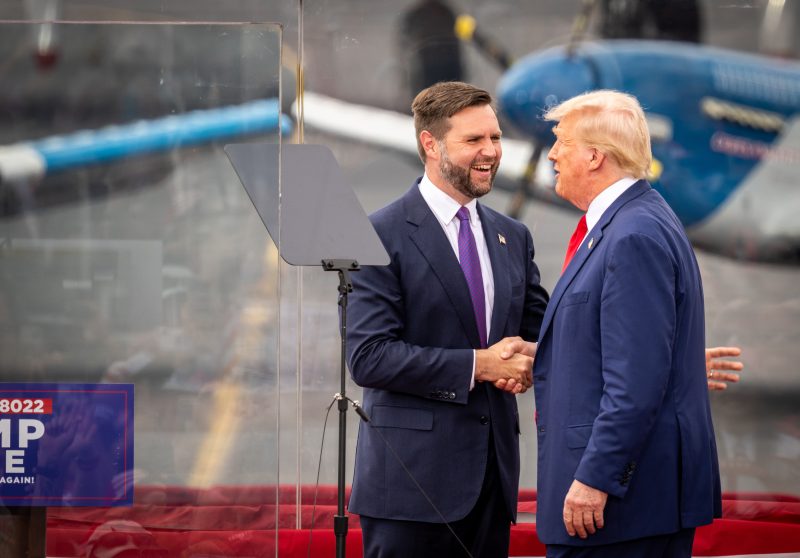In the midst of escalating trade tensions between the United States and several key global partners, President Donald Trump and Trade Representative Robert Lighthizer have championed the widespread use of tariffs as a tool to secure trade concessions and protect American interests. However, the effectiveness and impact of tariffs as a trade policy tool have been subject to intense debate and scrutiny.
President Trump’s administration has repeatedly argued that tariffs are necessary to address trade imbalances and unfair practices by trading partners, particularly China. The administration has imposed tariffs on a wide range of products, including steel, aluminum, and a host of Chinese imports. While the administration asserts that these tariffs are necessary to protect U.S. industries and jobs, the economic costs of tariffs cannot be overlooked.
One of the key arguments put forth by the administration is that tariffs will bring back manufacturing jobs to the United States. While tariffs may provide temporary protection for domestic industries, the long-term impact on the economy and consumers can be significant. Tariffs often lead to higher prices for imported goods, which can in turn increase costs for consumers and businesses. This can have a cascading effect throughout the economy, impacting everything from consumer spending to business investments.
In addition, tariffs can lead to retaliatory measures from trading partners, further escalating trade tensions and potentially leading to a full-blown trade war. Such conflicts can have far-reaching consequences for both the U.S. and global economy, disrupting supply chains, increasing uncertainty, and potentially causing job losses.
Moreover, the use of tariffs as a trade policy tool has drawn criticism from economists, who argue that tariffs distort market forces and can have unintended consequences. Tariffs can lead to inefficient resource allocation, as industries that receive protection may become complacent and uncompetitive. In the long run, this can hinder innovation and productivity growth, limiting the overall economic potential of the country.
While the Trump administration’s aggressive stance on tariffs may have resonated with certain segments of the American public, it is essential to carefully evaluate the costs and benefits of this approach. Trade policies should be designed with a comprehensive understanding of their economic implications, taking into account the broader impacts on consumers, businesses, and the global economy.
In conclusion, while tariffs may offer a short-term solution to perceived trade imbalances and unfair practices, their long-term impact on the economy should not be underestimated. As the debate over trade policy continues to unfold, it is crucial for policymakers to consider the full range of consequences associated with tariffs and to pursue a balanced approach that promotes economic growth and stability for all stakeholders involved.
